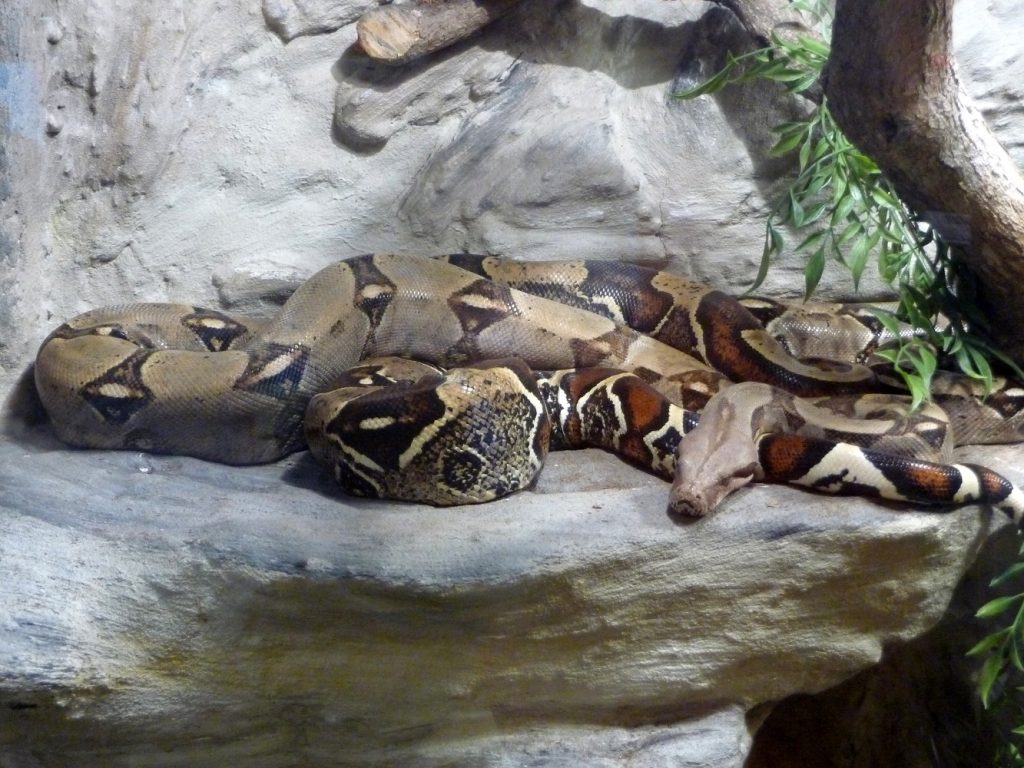Sunbathers and swimmers at Lake Harku in Tallinn, Estonia, were horrified to discover they were accompanied by a huge snake that had been taken by its owners to “take a little dip”.
The unusual pet was reported by Lake Harku at 7PM on 28 July, when a woman with a young child approached a lifeguard and complained that a large snake had been spotted in the water. She pointed to the bunch of reeds by the lakeside, where many children were at the time playing in the water.
The lifeguard, from the security firm G4S, immediately went into the water and asked the swimmers if they had seen a snake. A two-metre (6.6-foot) reptile was finally found by the lifeguard on the shore where a man, a woman and their three children were hiding their pet under a towel.
“A friendly pet”
The snake turned out to be a boa constrictor, or a common boa – a large, non-venomous, heavy-bodied snake that is frequently kept and bred in captivity. The owners of the reptile said “they hadn’t heard that a snake was forbidden on a public beach”. They then also tried to convince the lifeguard that their boa was “a friendly pet”. However, the same couple had just moments before been in the water and assured the lifeguard that they had “not seen any snakes on the beach”.
The lifeguard asked for the reptile to be removed from the beach “because pets are not allowed on the public beach, with snakes among them”. The owners obeyed and left – thus, the boa’s day on the beach was over.

More than 400 people were reported to have been on the beach at that time. So far, it was the hottest day in Estonia this summer.
Not completely harmless to humans
The boa’s prey in the wild includes a wide variety of small to medium-sized mammals and birds. The size of the prey item increases as they get older and larger. These snakes are ambush predators, they often lie in wait for an appropriate prey to come along. The boa first strikes at the prey, grabbing it with its teeth; it then proceeds to constrict the prey until death before consuming it whole.

A boa constrictor grows throughout its whole life, which can be 20 to 30 years. An adult boa will generally weigh more than 45 kilograms (100 pounds) and grow to about four metres (13 feet) long. They live in tropical climates throughout most of Central and South America, where they hunt at night.
Boa constrictor is not completely harmless to humans. In the Unites States, for example, seventeen people have died from constrictor snake-related incidents since 1978, including one person who suffered a heart attack during a violent struggle with his pet.
Lake Harku is situated on the western border of Tallinn. It has an average depth of 1.6 m (5.2 ft) and a maximum depth of 2.5 m (8.2 ft).
Cover: Boa constrictor closeup. Photo by marcodede, under the Creative Commons Attribution 2.0 Generic license.

